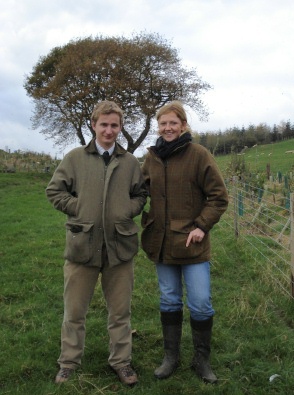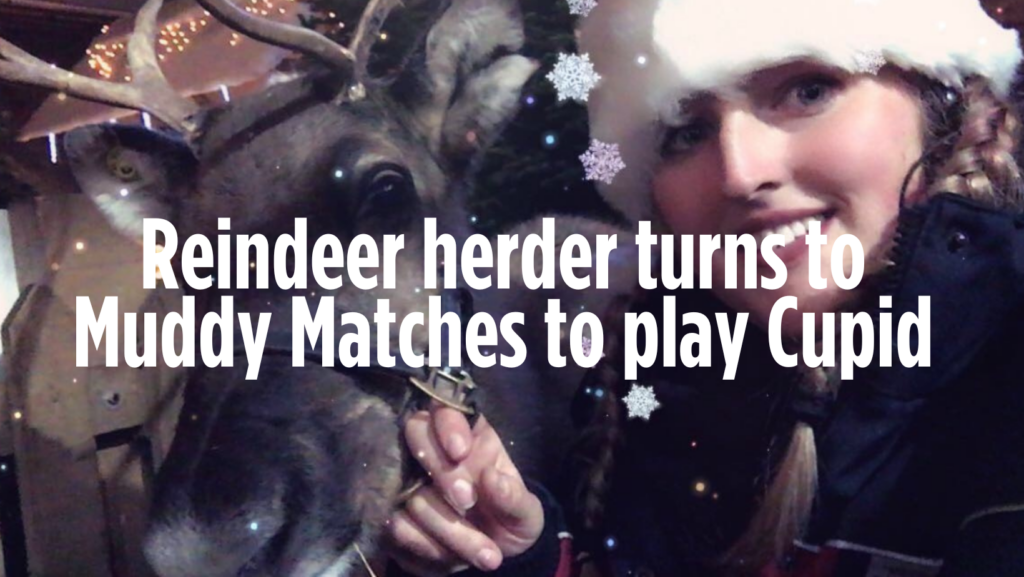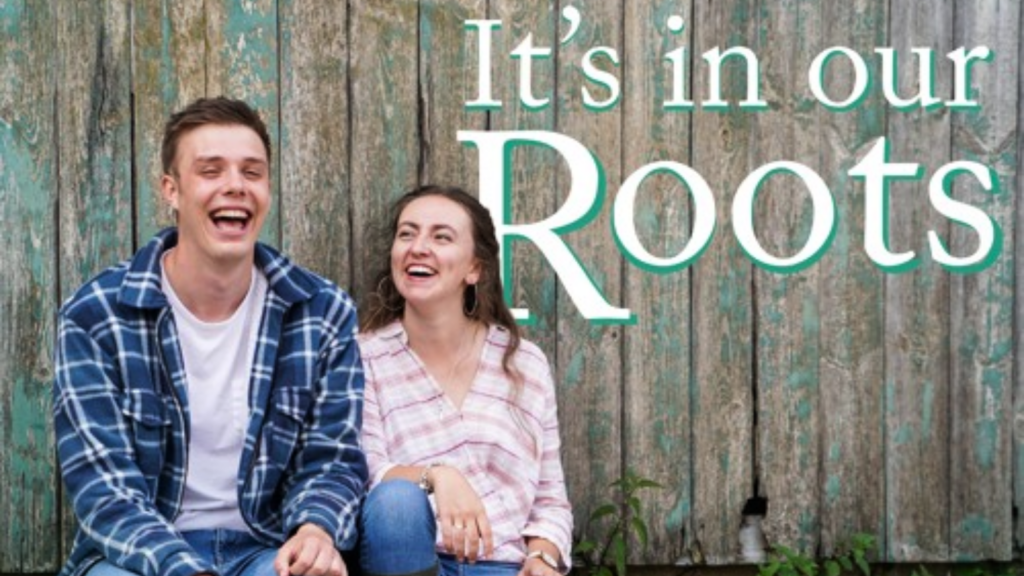Green Shoots North Wales: Shooting for Conservation
Saturday, November 17th, 2007
On Saturday, we spent a very interesting day with Alex Hatton from the BASC initiative, Green Shoots North Wales, to find out what their aim was and what work was being done.
Background to BASC and the Green Shoots Initiative
BASC (British Association for Shooting and Conservation) is the largest and oldest shooting association in the UK and has had a dedicated conservation department for over 25 years. In July 2000, they launched their Green Shoots initiative, which is a biodiversity action plan for the shooting community and now their main vehicle for conservation.
The basic principle behind Green Shoots is simple: contrary to the common misconception that it just ‘takes’, shooting is actually very good for conservation and being able to prove this to politicians, the media and the general public is the key to the sport’s defence.
But how does shooting really help conservation? First of all, the shooting community has a strong influence over a significant proportion of the UK countryside and its biodiversity; according to BASC, in 1994 around a third of UK land was managed by gamekeepers alone. Indeed, with long-term practical local involvement, extensive knowledge of countryside management and close links with the agricultural community, the shooting community is a key player in implementing biodiversity conservation. Shooting is also an incentive to retain and enhance many important habitats e.g. heather moorland for grouse; hedgerows, woodland and arable field margins for pheasant and partridge; ponds, wet grassland and saltmarsh for duck and geese; native woodland and upland heath for deer.
Green Shoots, therefore, builds on what the shooting community already puts into conservation, helps co-ordinate that work and develop new initiatives to be undertaken as a community and also in partnership with other organisations…and then tries to make sure that everyone knows about it! This manifests itself in a series of smaller-scale, local projects with the aim of establishing the value of shooting for the local biodiversity action plans, thereby generating political support for shooting, providing newsworthy items that are reported in the press and, consequently, informing the public about the sport and its impact on conservation.
One such project has been launched in North Wales, which is where we caught up with Alex to find out a bit more about it.
Green Shoots North Wales
The project started towards the end of 2004 with a survey listing 23 species and nine habitats, which was sent out to BASC members across North Wales. As a result, around 9,000 new biological records of species and habitat were made and it was discovered that approximately one fifth of the land in North Wales is managed by people who shoot and some of them had been observing rare species such as red squirrel, black poplar and dormouse.
Alex started as a full-time officer in 2006 and now works closely alongside BASC members, the Countryside Council for Wales, FWAG Cymru, the Environment Agency and various voluntary sectors across North Wales to promote and record biodiversity across the region.

Alex and Lucy
We met up with him in a small village near Abergele called Llanfairtalhaiarn (if you can pronounce it, you’re better than we are) and he told us a bit about some of the things he has been working on, including:
• Mink trapping to help protect the endangered water vole; mink workshops being run for interested angling clubs, shoots and conservation organisations.
• Breeding boxes erected on shoots with a good scoring for the probability of having pine martens, with a view to encouraging them to use the boxes so evidence of their existence in North Wales can be shown.
• Encouraging shoots to plant the marsh fritillary butterfly’s larval food plant, devil’s-bit scabious, in order to create an ideal habitat for them.
• Erecting dormouse and barn owl boxes to help increase numbers.
He also advises interested local shoots on how best to improve their biodiversity and will put them in touch with the organisations that could help fund any necessary work. He took us to see one shoot, just outside Llanfairtalhaiarn, where they have recently had a lot of work done, to give us an example of how the scheme works in practice. Passionate about conservation and shooting, the landowner, Robin, was happy to experiment and, with the help of funding from Coed Cymru (Woodland for Wales) and the Conwy Countryside Service, had around 7900 trees planted.

Wildlife/Pheasant Corridor
What we saw was a series of ‘wildlife corridors’ (or ‘pheasant corridors’ as Robin likes to call them) which are planted with many different species of tree and shrub. These corridors attract new species of wildlife to his farm and increase the biodiversity in the area, but they also serve to link up his top woods, hedgerows, lower woods and ponds, and this improves his shoot as he can hold more birds and they can move around without having to cross open spaces. Overall, it is a very well designed and managed example of what Green Shoots is trying to achieve.
For more information about Green Shoots, click here. For more information about Green Shoots North Wales, please contact Alex Hatton on 01244 573024 or at alex.hatton@basc.org.uk.


